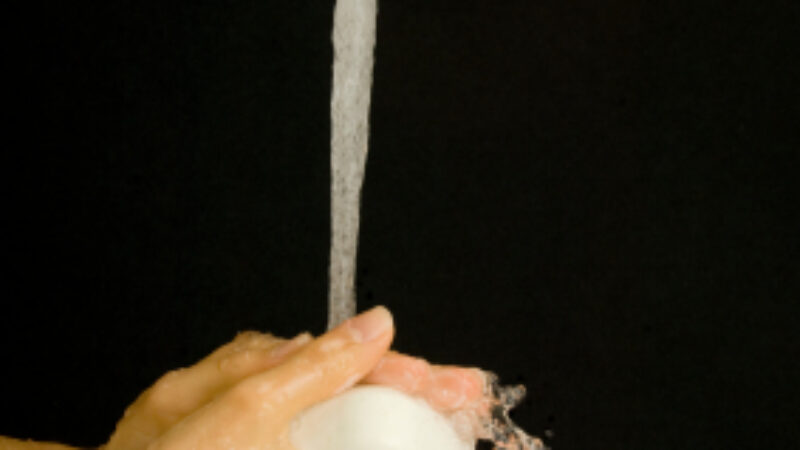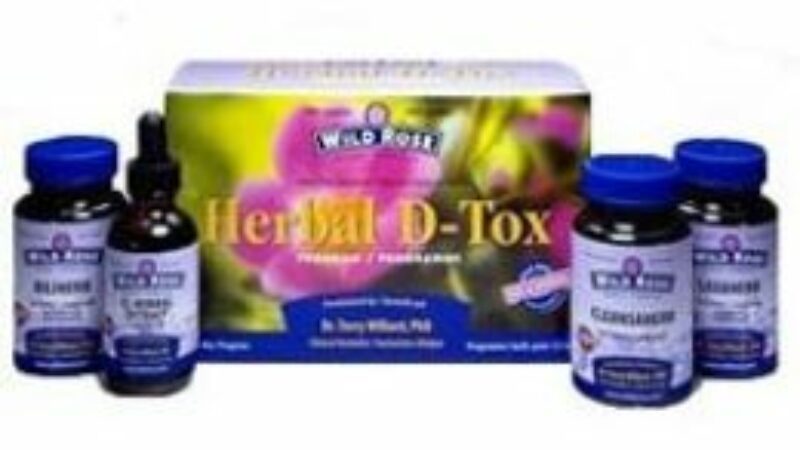As the eyes are the windows to the soul, so can nails be an indicator of overall health. Apart from sporting the latest trends in color and mani art, the appearance of one’s nails can be a sign of other health issues. With spring nail trends highlighting the nude nail with stripes, colored tips and moons, now is the time to give yours the once-over to make sure the polish isn’t hiding anything that needs attention.
Nails are comprised of a tough protective protein called keratin, the same substance that makes up our hair and the outer layer of the skin. Nails play an important role in protecting the fingertips and toes as well as acting as a tool, not unlike the claws of an animal. Think how much more difficult it would be to scratch without a nail!
Healthy nails should ideally be smooth, free of ridges and grooves and of a uniform color. Occasionally, we may see ridges, lines and marks that can provide subtle clues to underlying issues.
5 things to watch out for and what they could mean:
- Nail pitting – resembling pin pricks on the surface of the nail, pitting is very common in people who suffer from psoriasis. Nail pitting may also be associated with connective tissue diseases and alopecia areata, the condition which causes hair loss.
- White marks – Small white spots on the nail are often a sign of trauma , like getting your finger caught in the cupboard door. Ouch! These should eventually grow out and are not usually a cause for concern.
- Vertical or horizontal lines/ridges – In the case of nails, direction matters. Vertical lines often become more prominent with age, not unlike wrinkles, and although they may not be aesthetically pleasing, they should not be a reason to worry. Horizontal lines or ridges can be a sign of trauma to the nail or more serious issues such as diabetes or severe zinc deficiency which should be checked out with your health care professional.
- Discoloration – Nails are porous and can absorb the chemicals contained in nail varnish, leaving them yellow. Although harmless, the nails could most likely benefit from a break when this occurs. Discoloration in conjunction with thick, crumbly nails could indicate presence of a fungus.
- Dark streaks – black or brown bands of discoloration on nails are called melanonychia and are quite common in people with darker skintones. Although there are various causes, any dark bands of color on the nails should be evaluated by a doctor as they may be a sign of serious conditions, including melanoma of the nail bed.
Once your doctor has ruled out any underlying health issues, you can keep your nails looking their best by following a few simple steps:
- Keep them clean to prevent bacteria from growing underneath the nails.
- Trim straight across to avoid ingrown nails and then filed slightly rounded at the top.
- Adopt a nail-healthy diet, including foods that are rich in biotin, which helps in building keratin, the main component of nails.
- Protect nails and hands from overexposure to water and chemicals by wearing rubber gloves.
- Use a rich hand cream that will help nails and cuticles from drying out.
- Speaking of cuticles: Don’t mess with them! Cuticles are delicate and play the important role of protecting the nail bed from bacteria. Over-zealous use of orange sticks and other manicure tools should be avoided.
- Not always simple, but breaking the nail-biting habit is key to having healthy nails. Not only is it esthetically unattractive but the abundance of bacteria and microorganisms in your mouth can cause painful skin infections around the nails.
If you notice other unusual signs on your nails, particularly if they cause pain, it’s best to seek out the opinion of a trusted health advisor.




